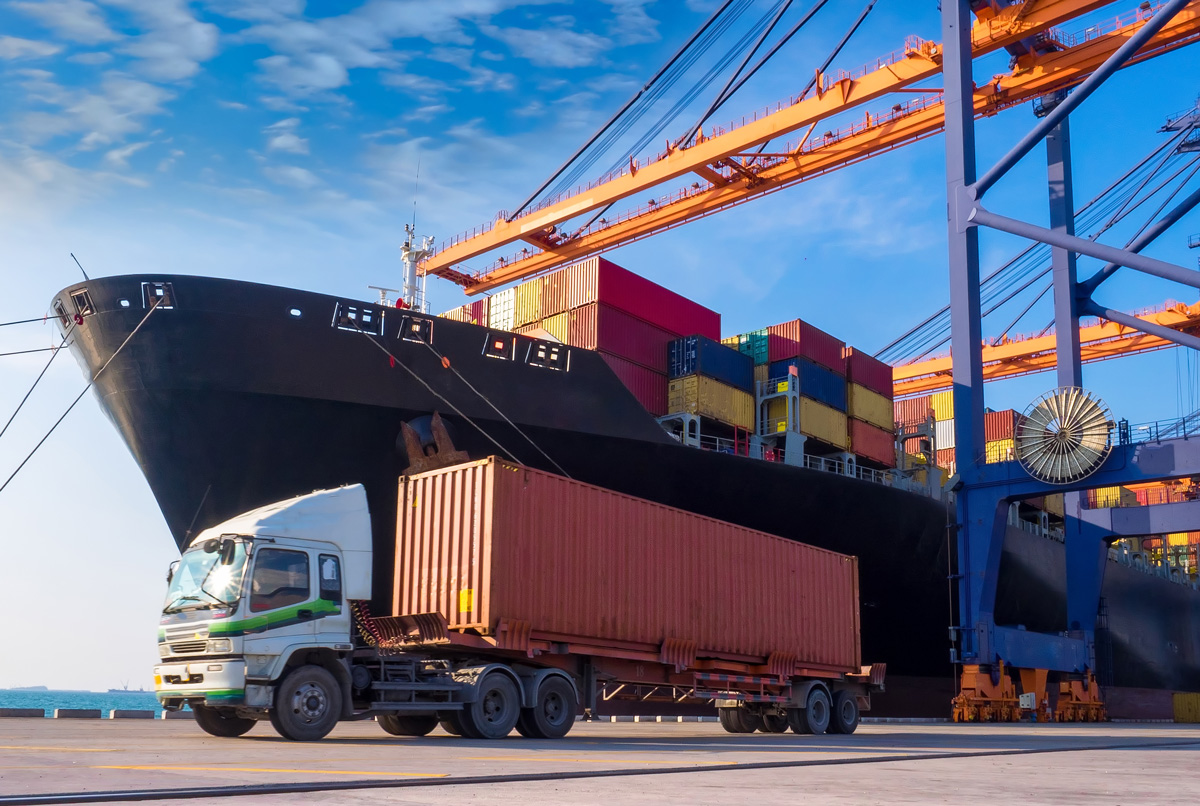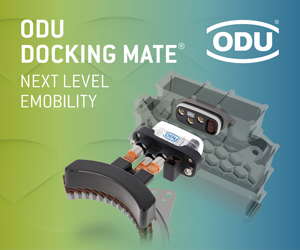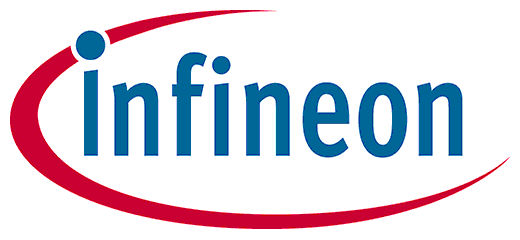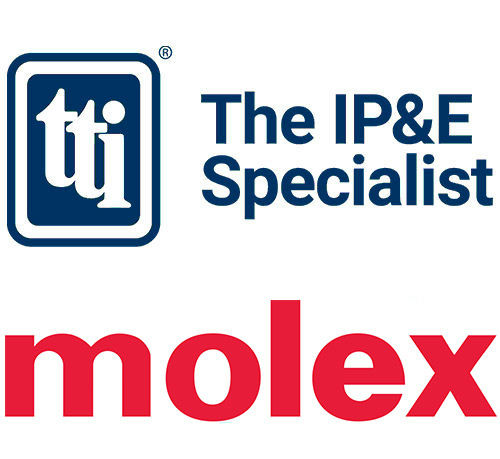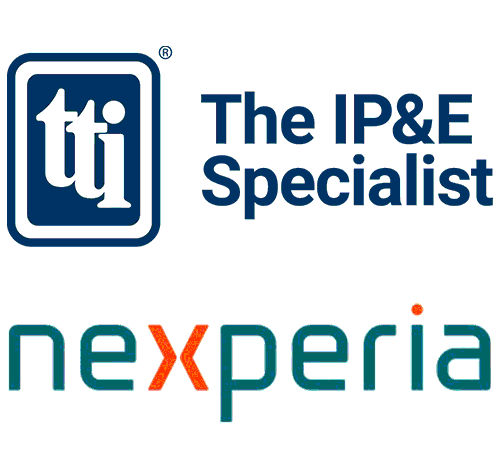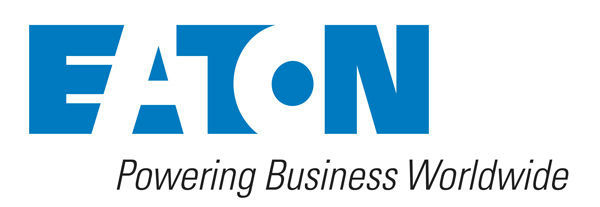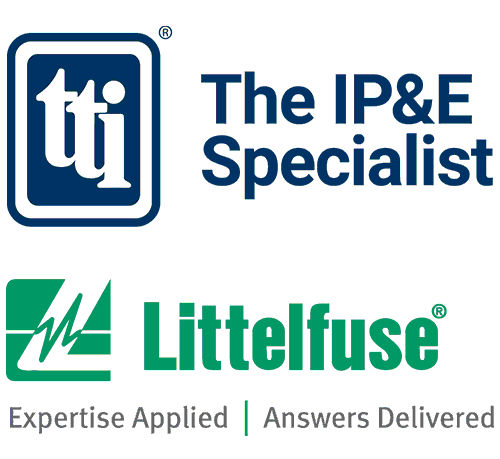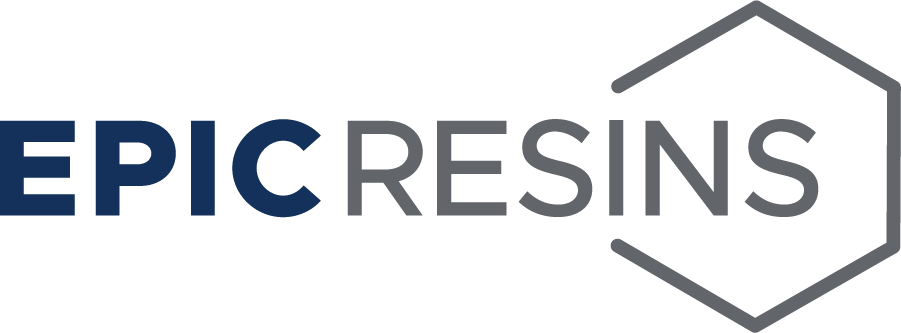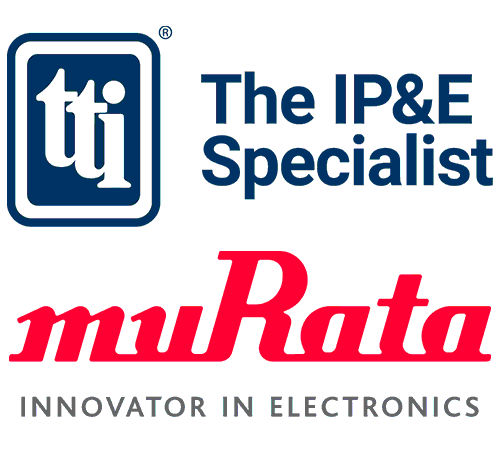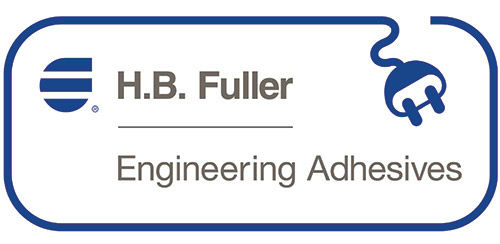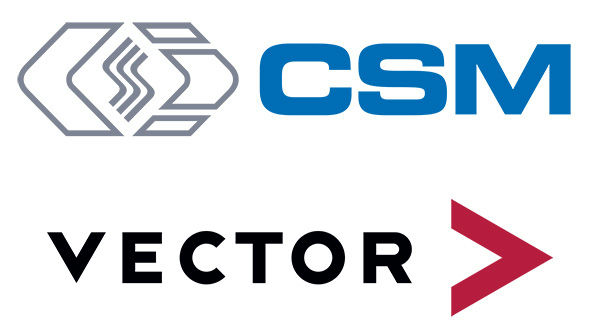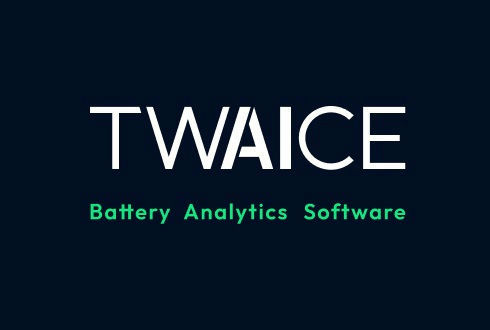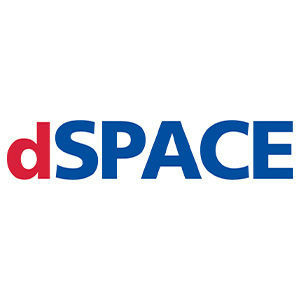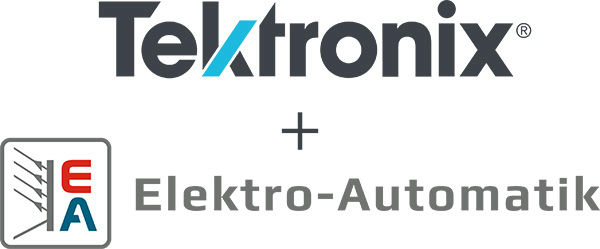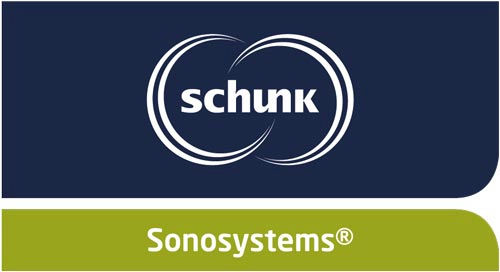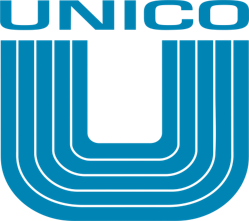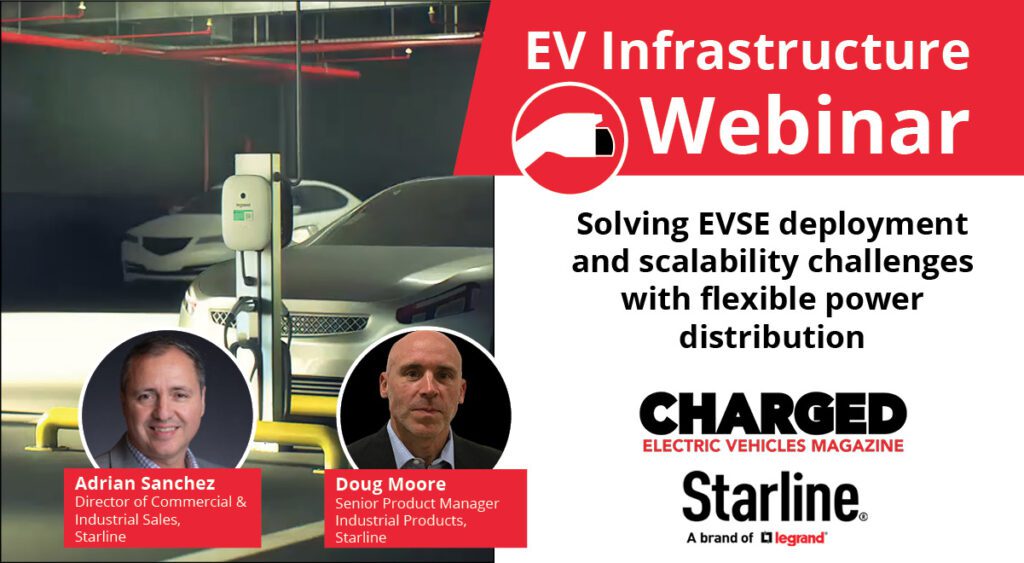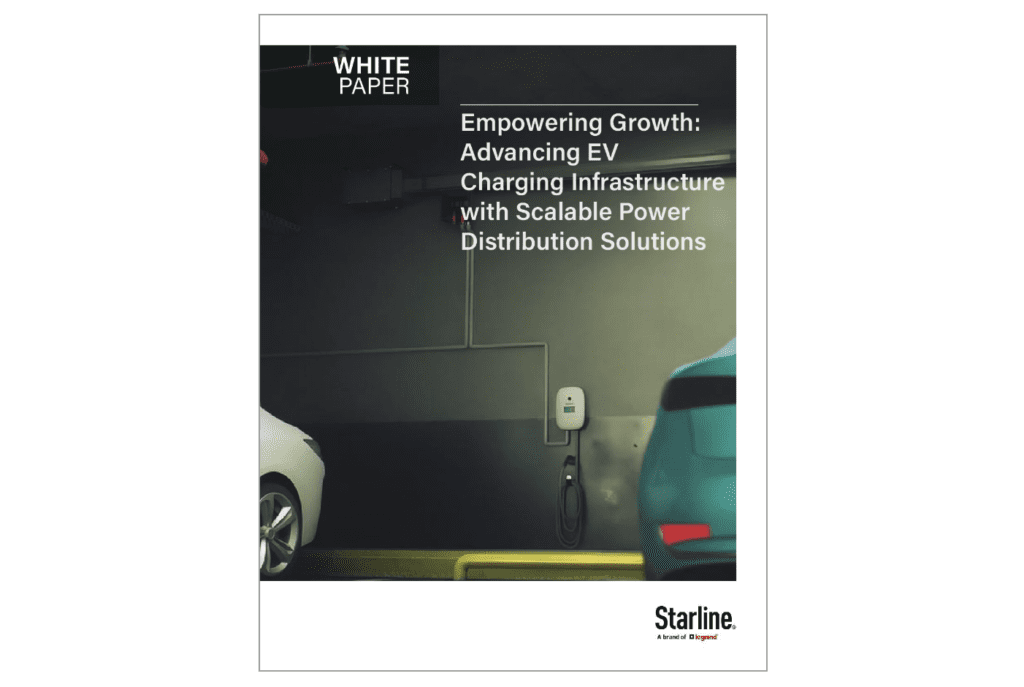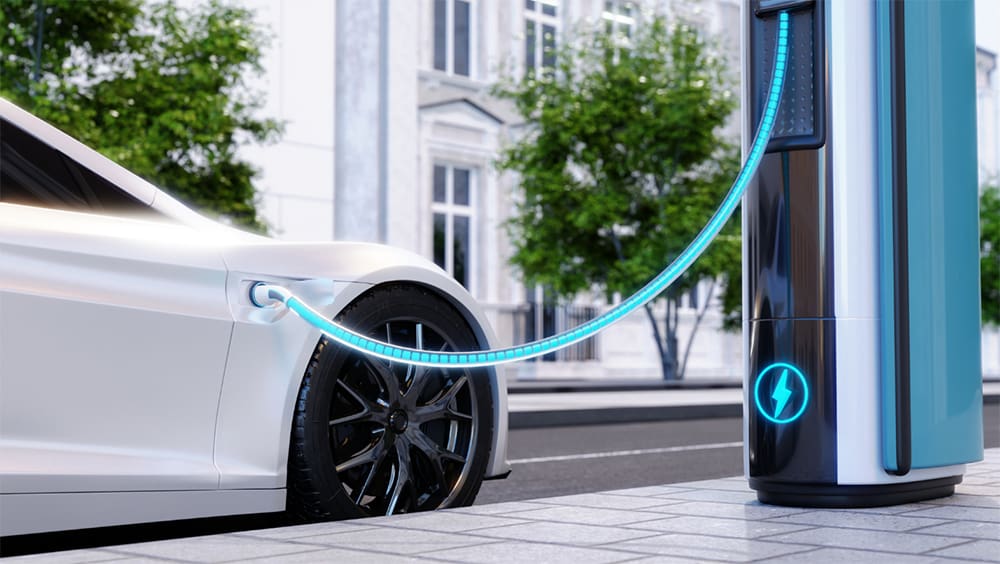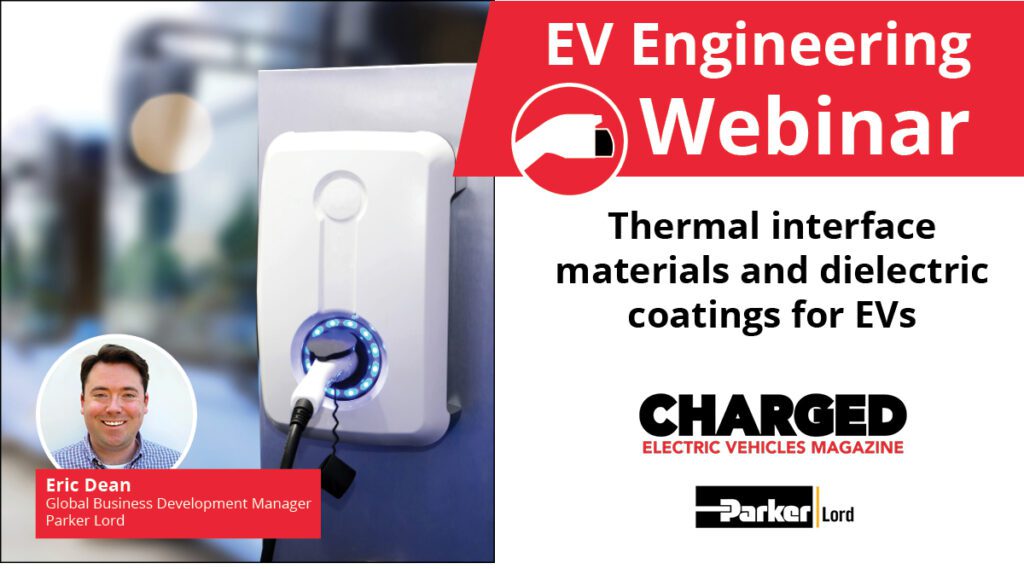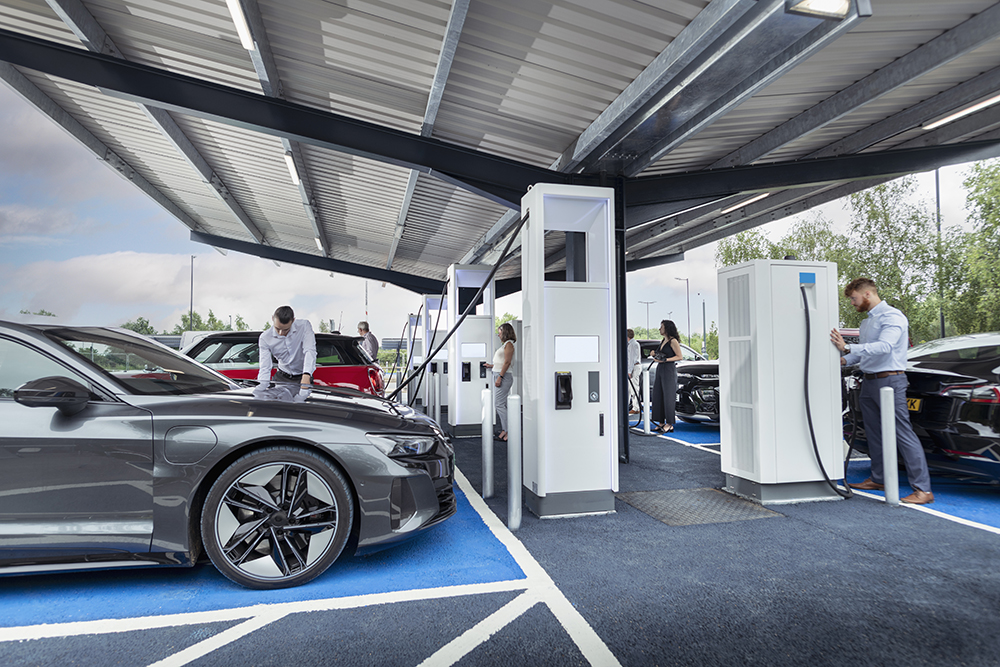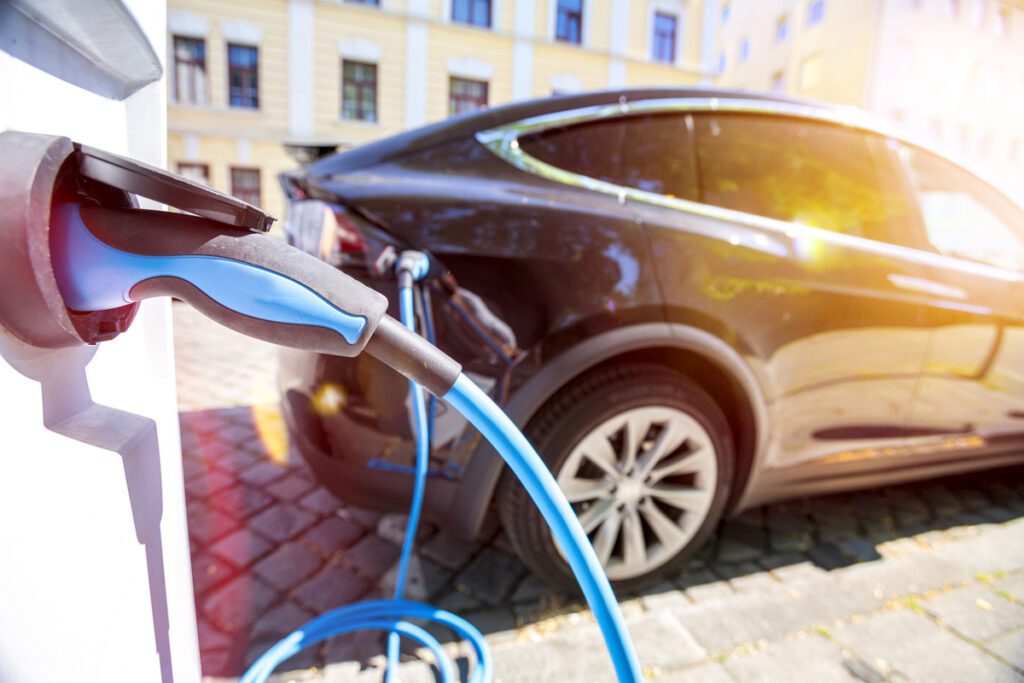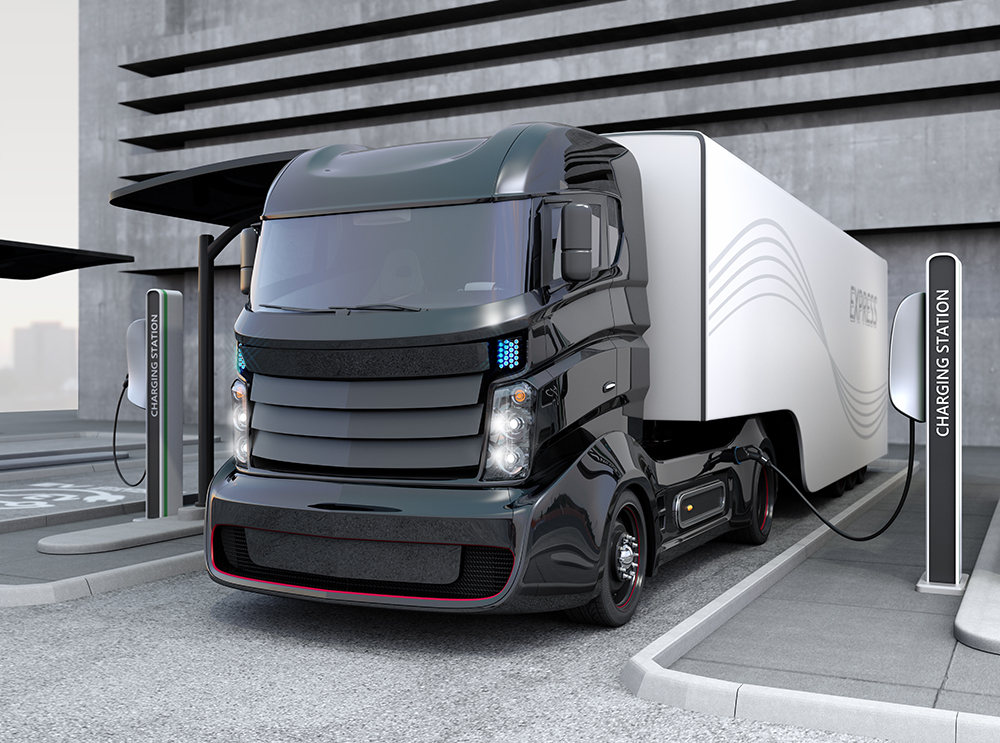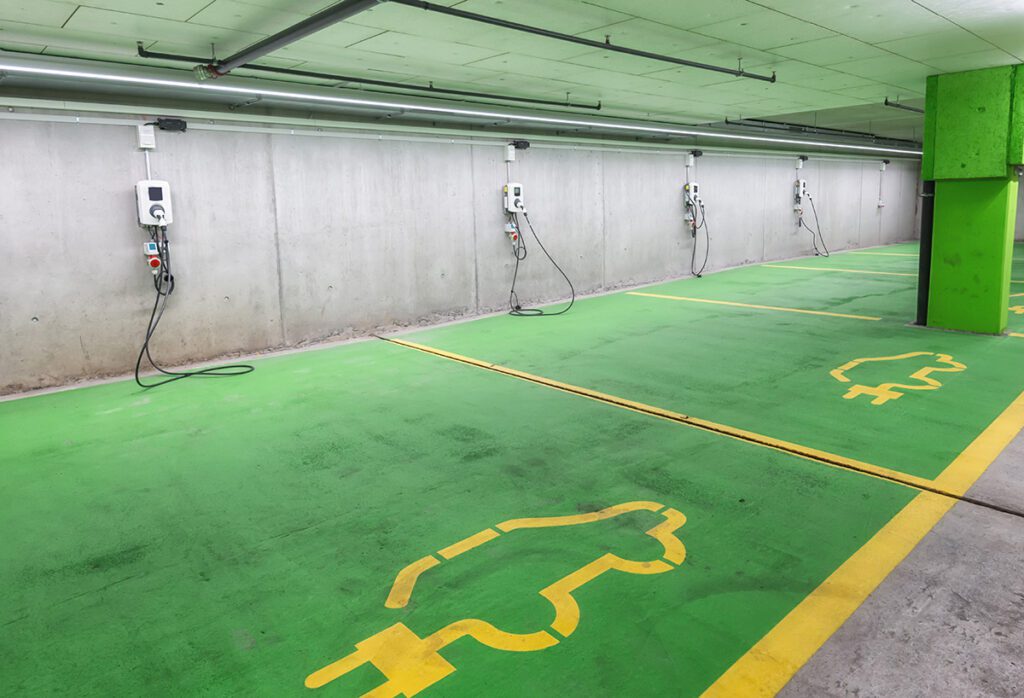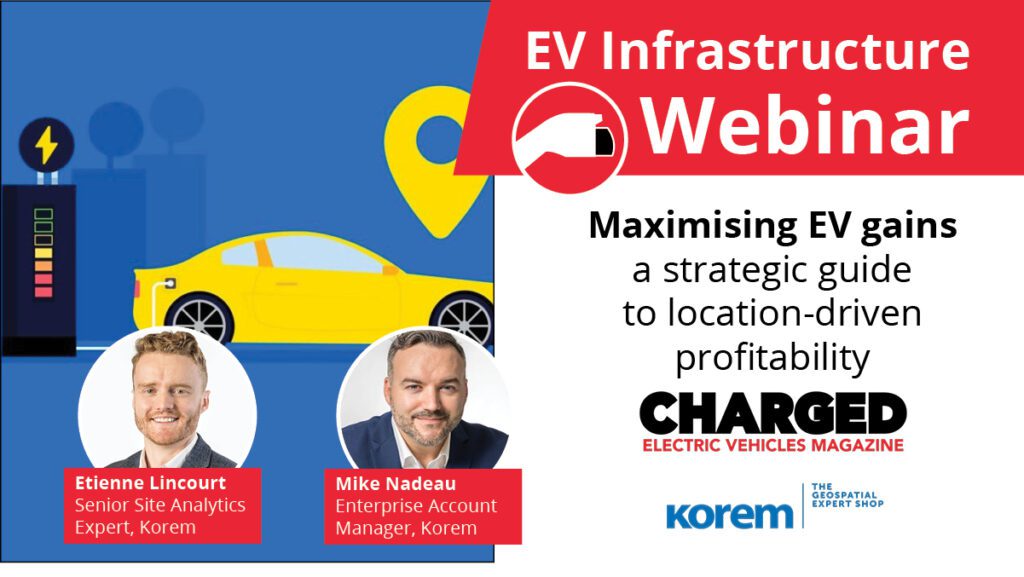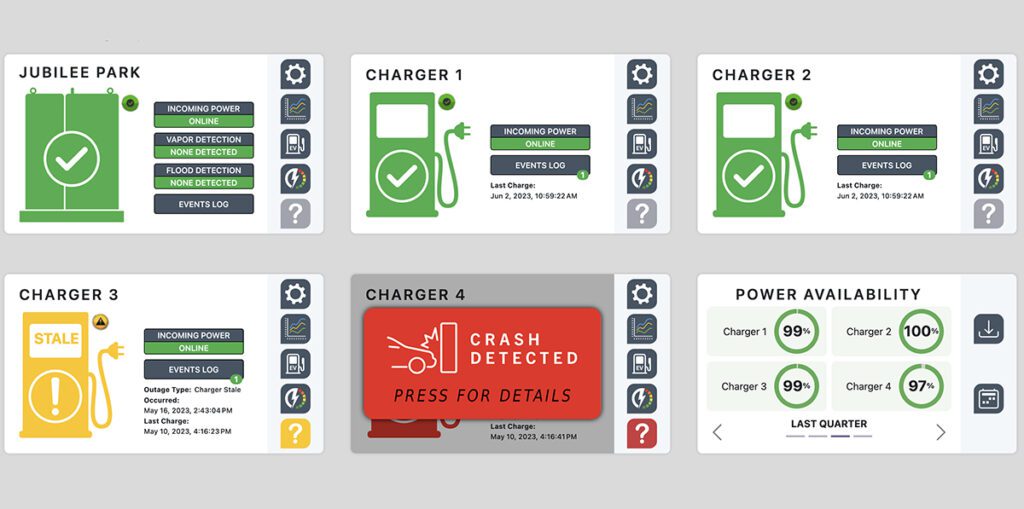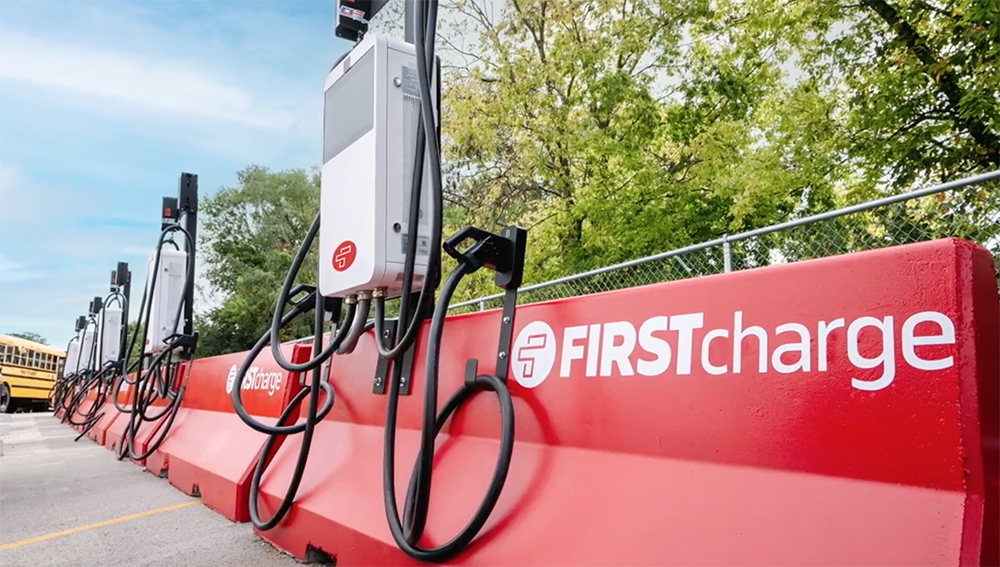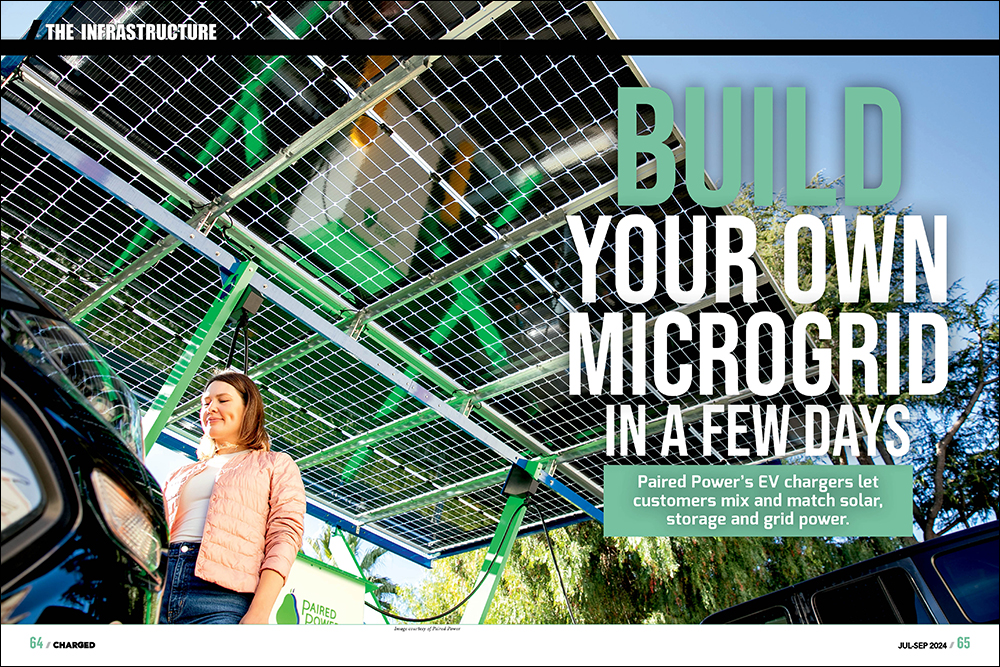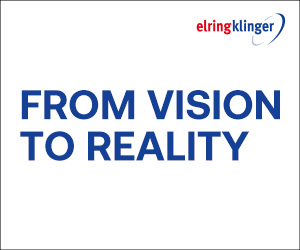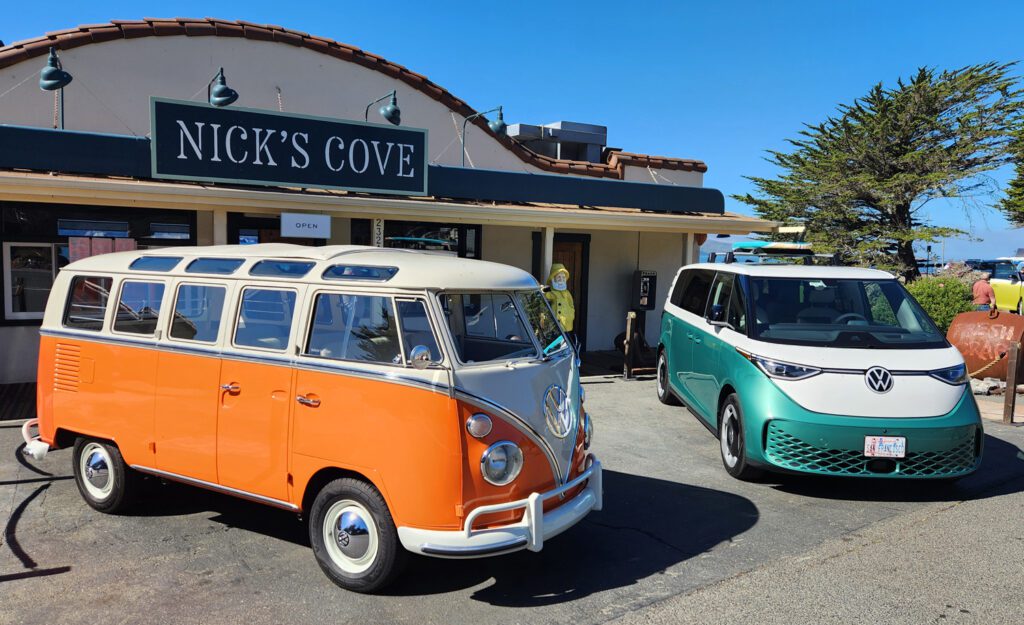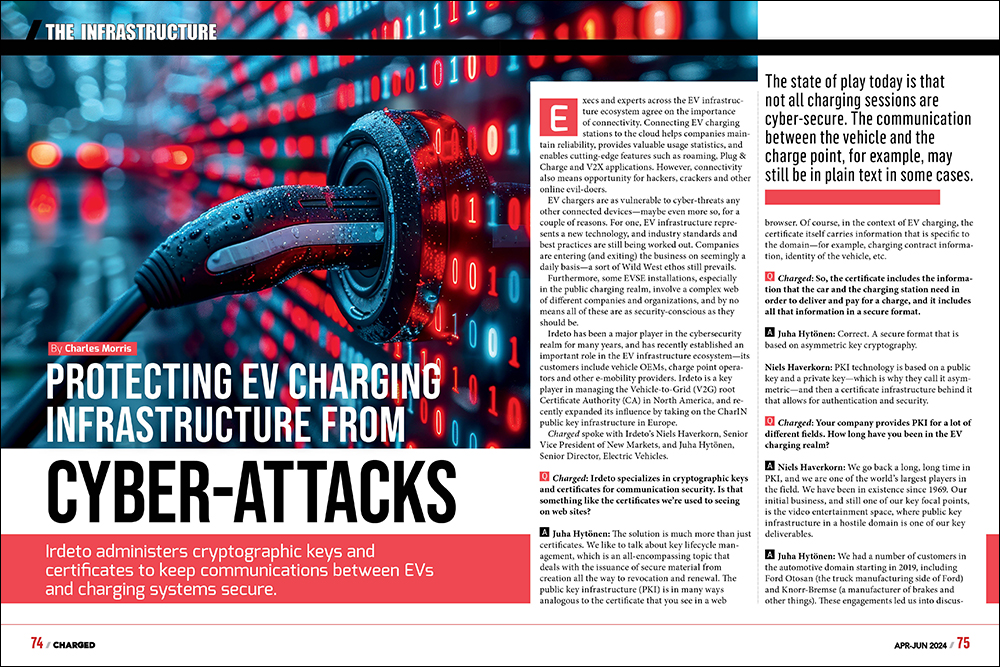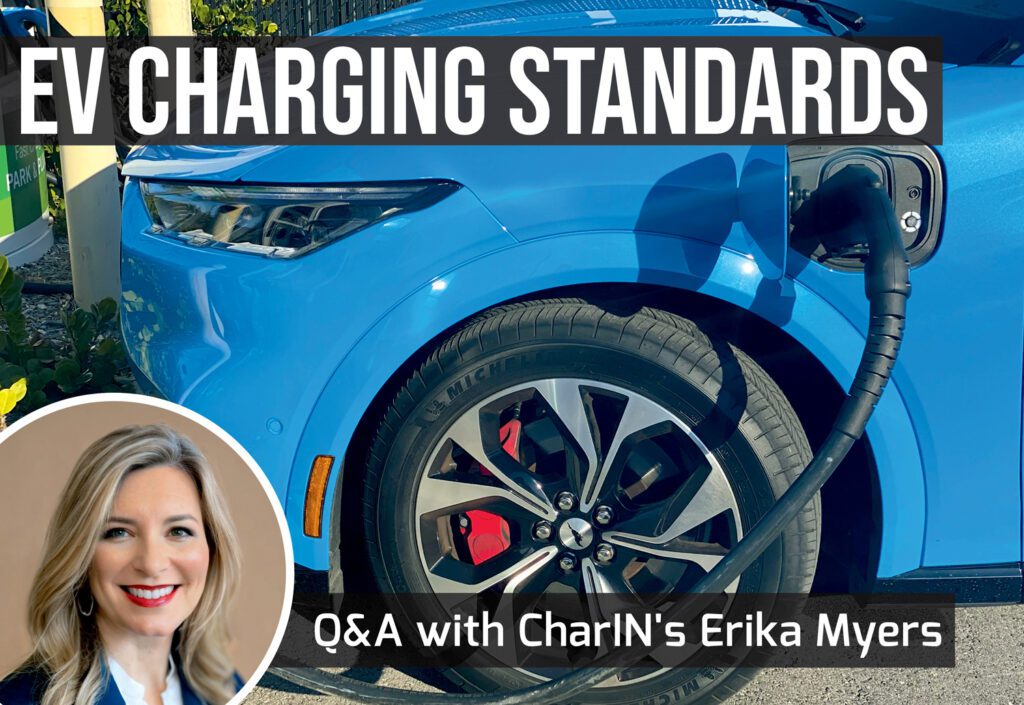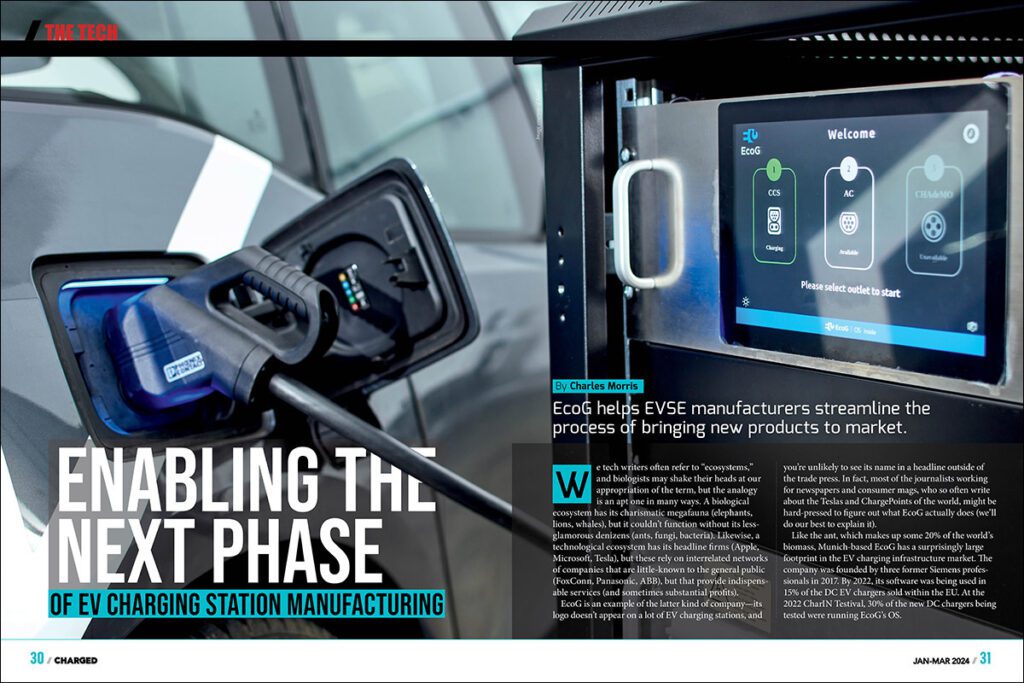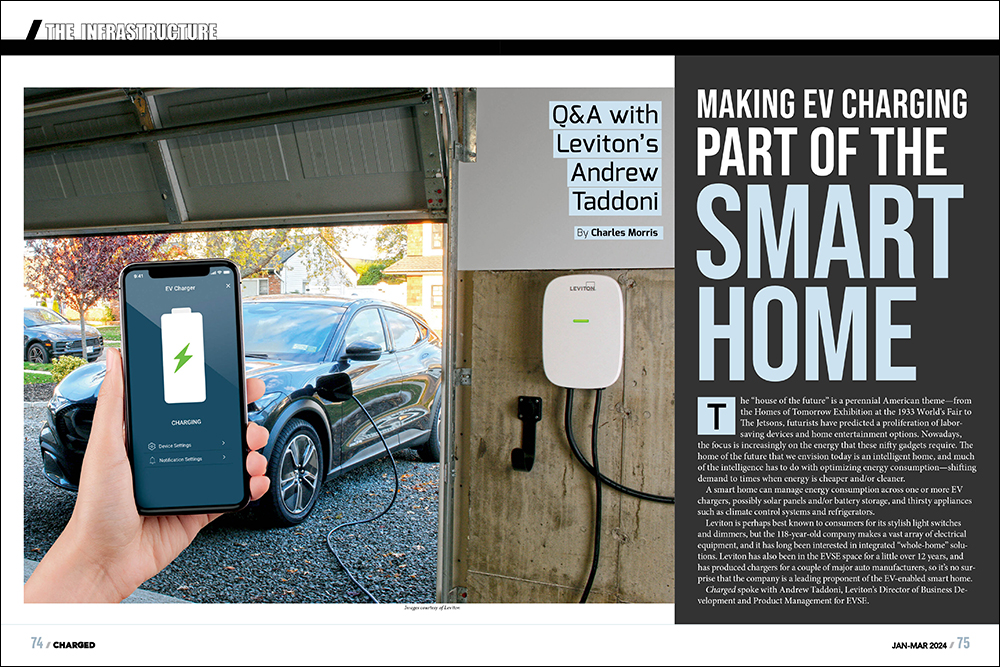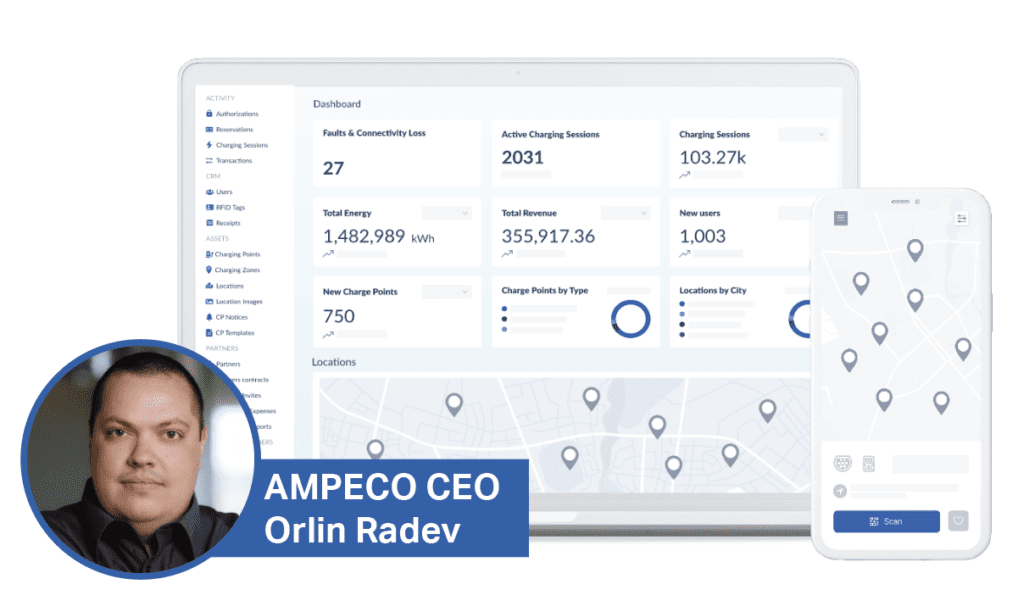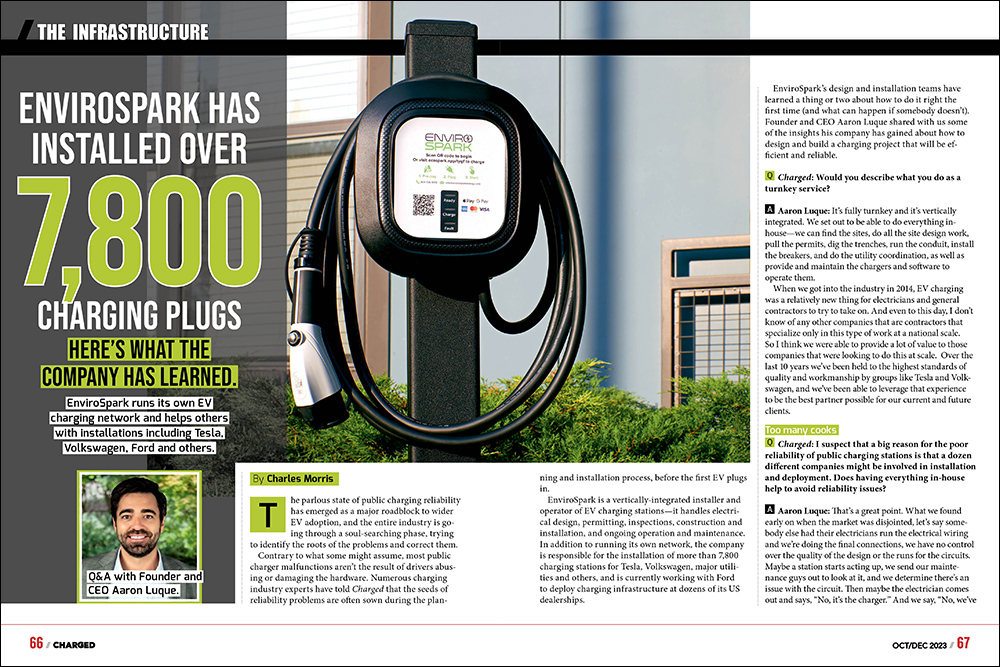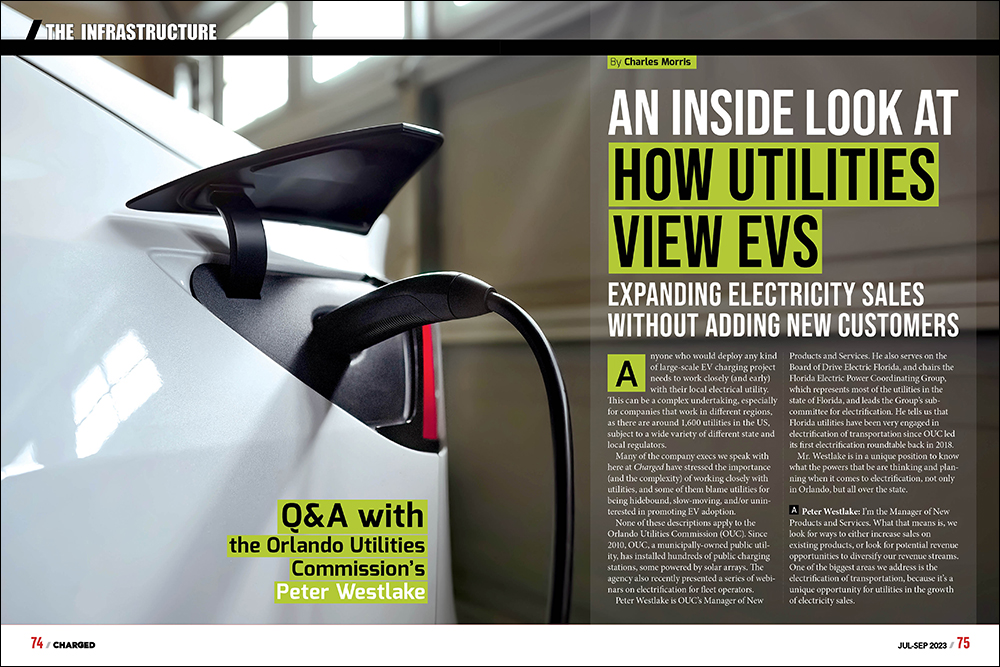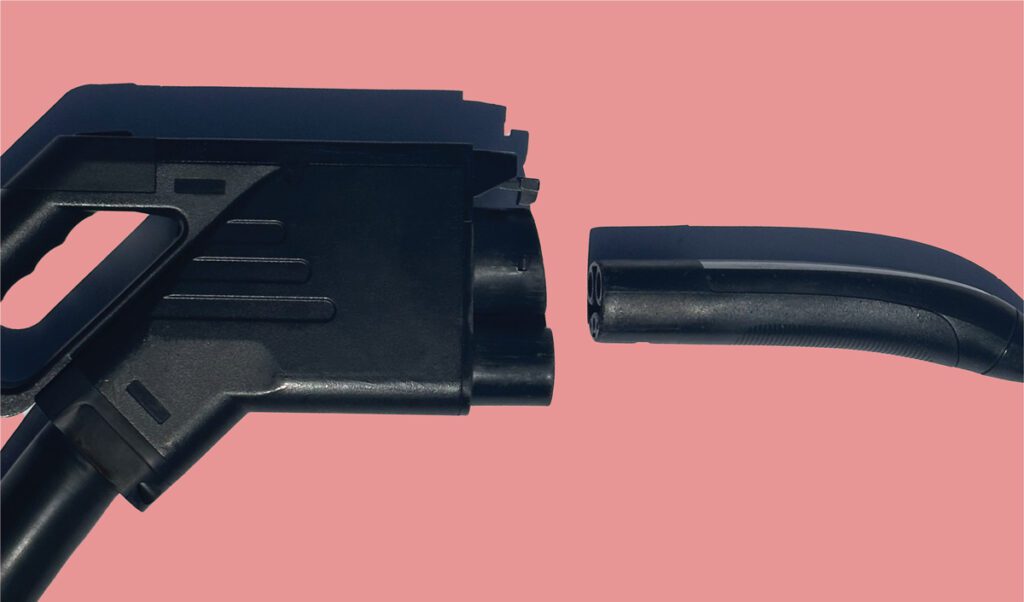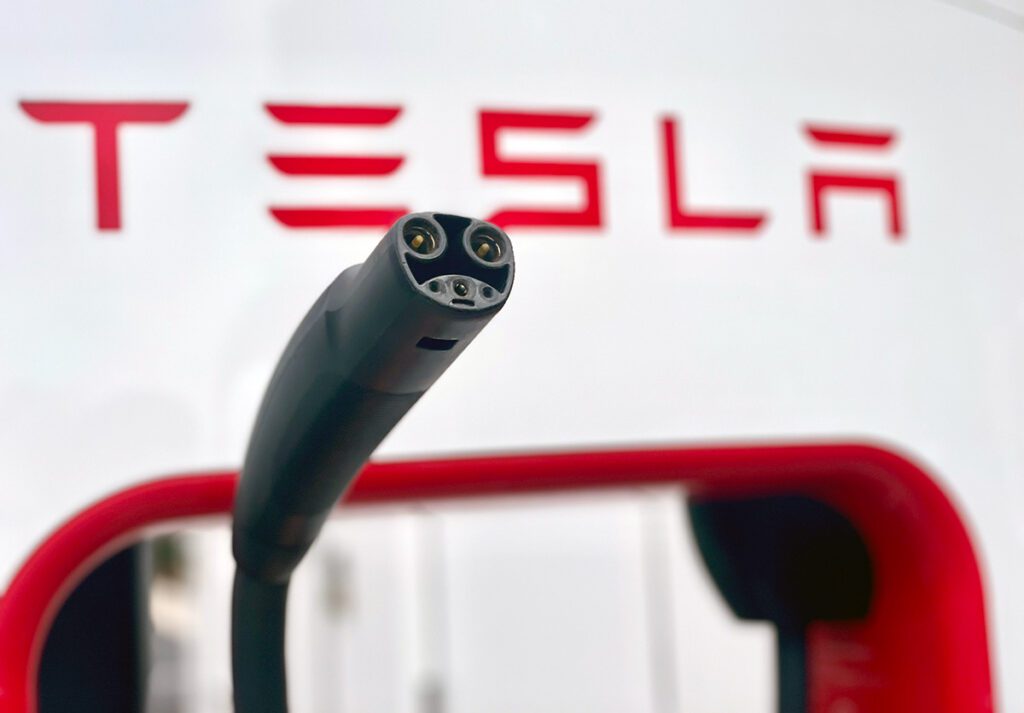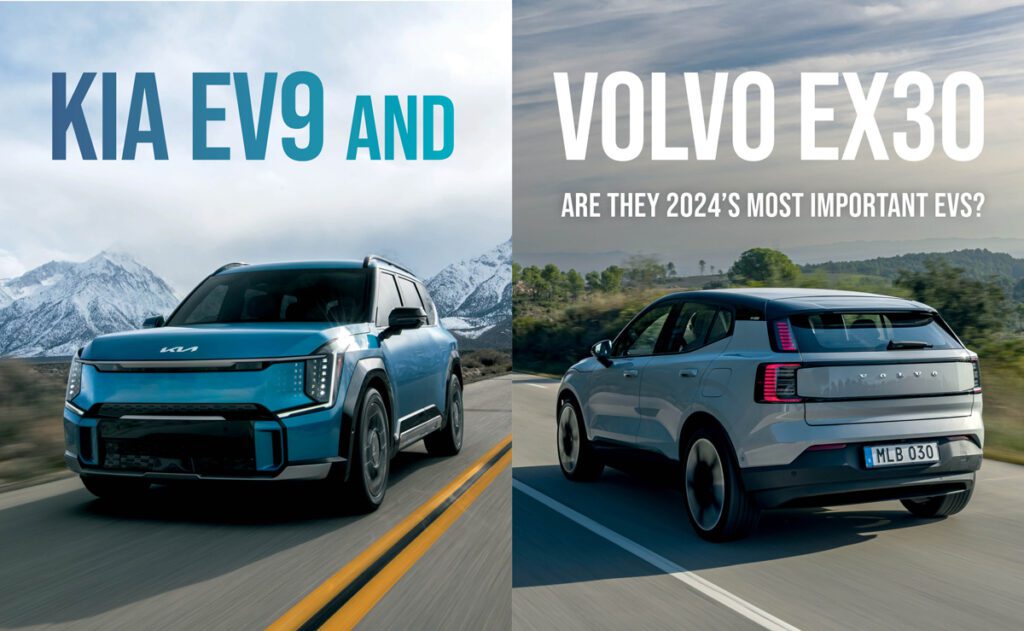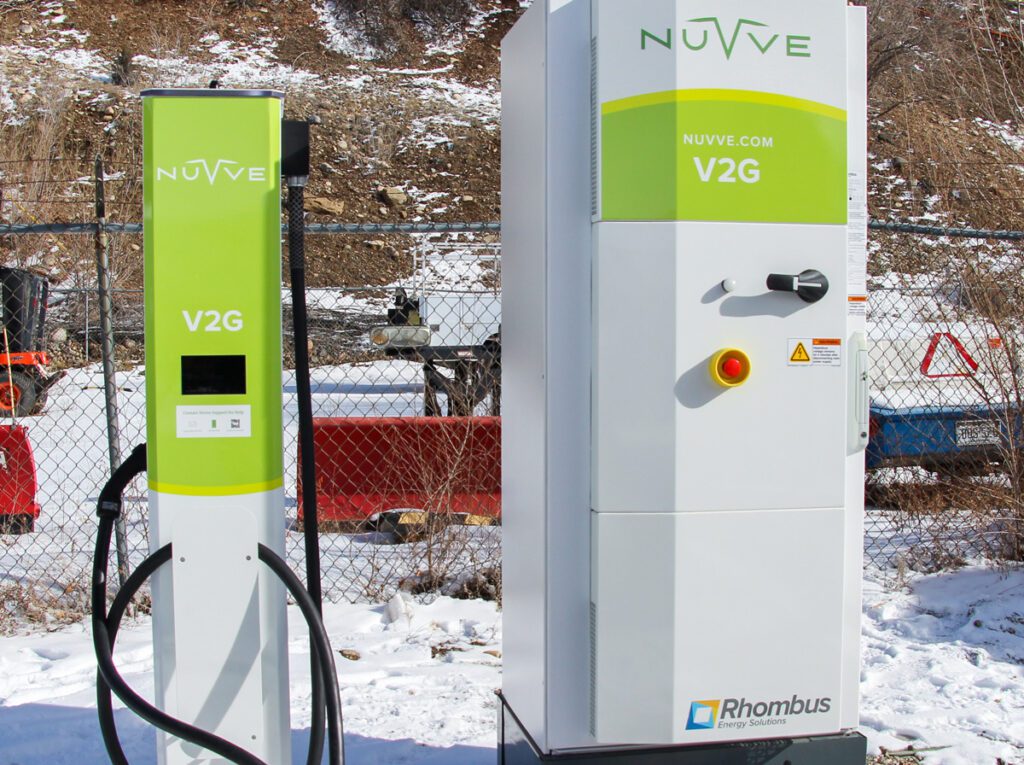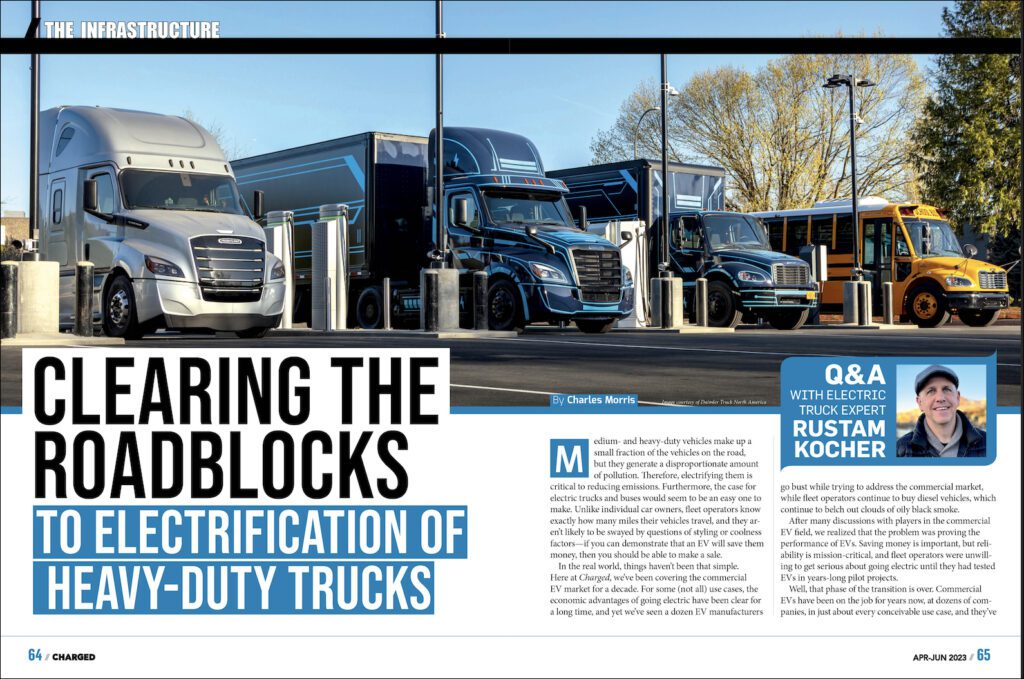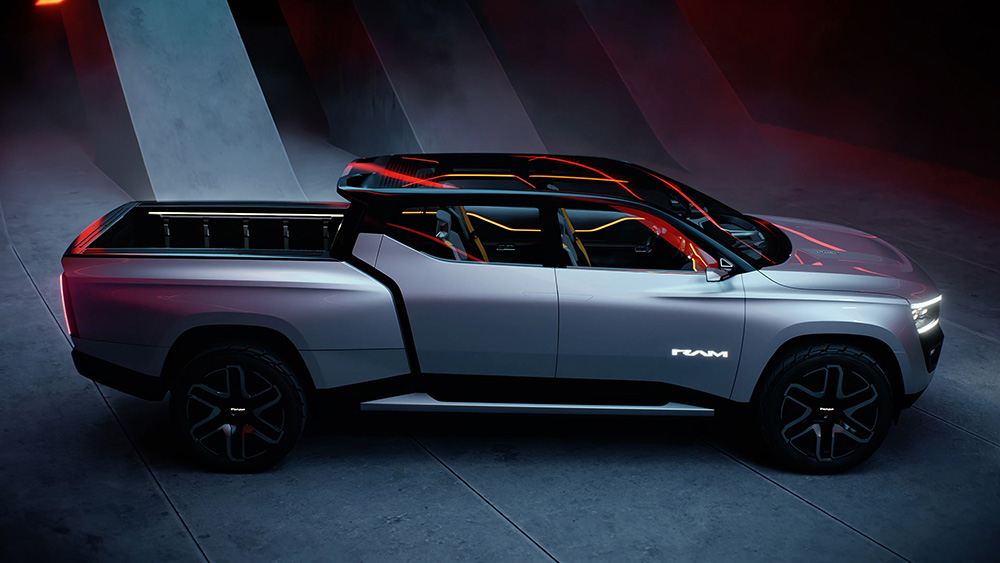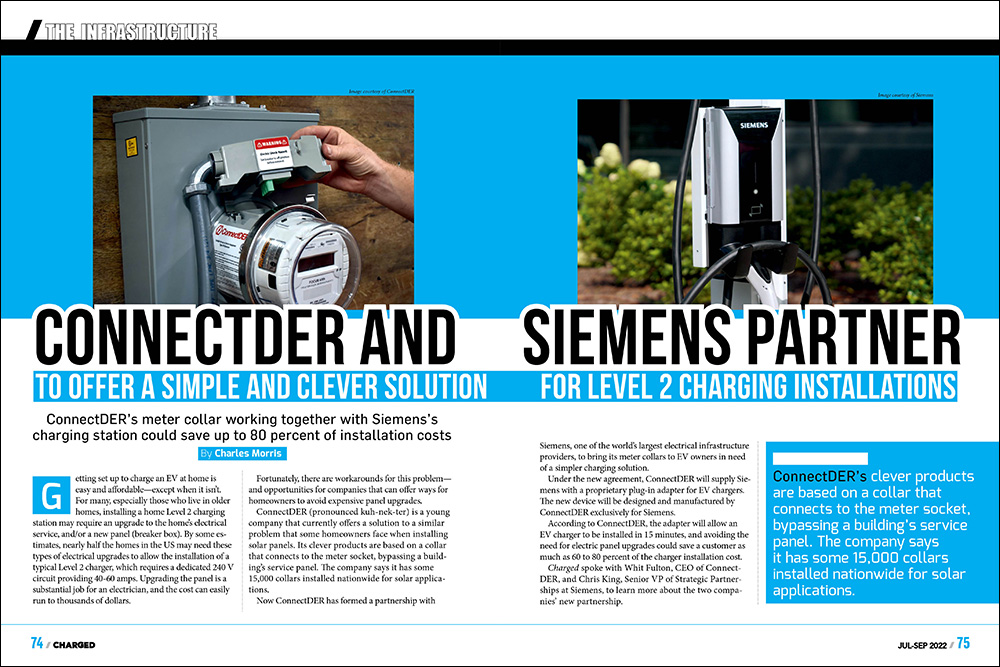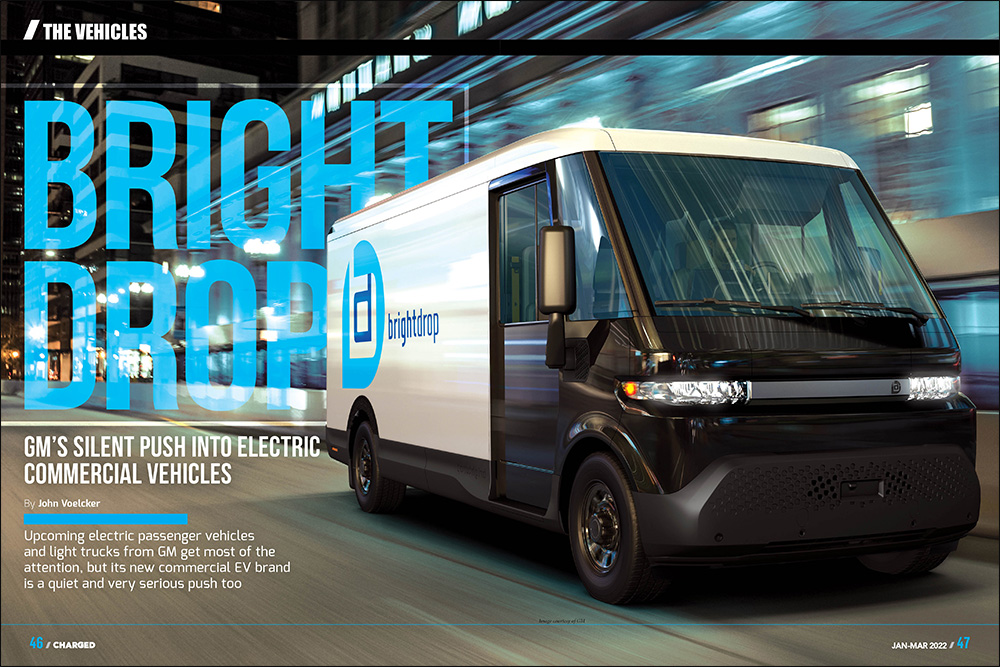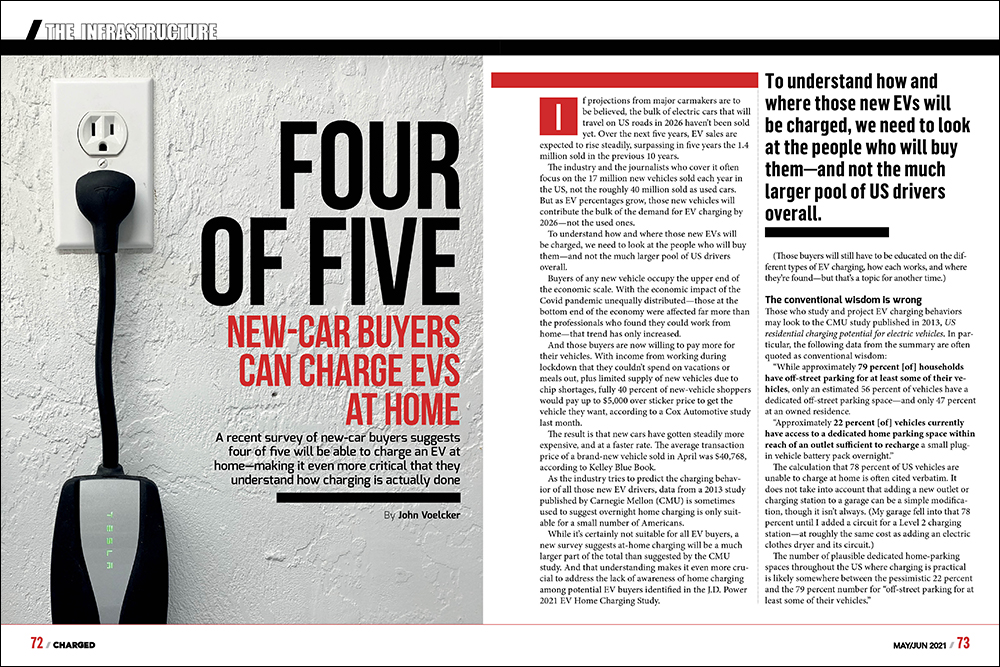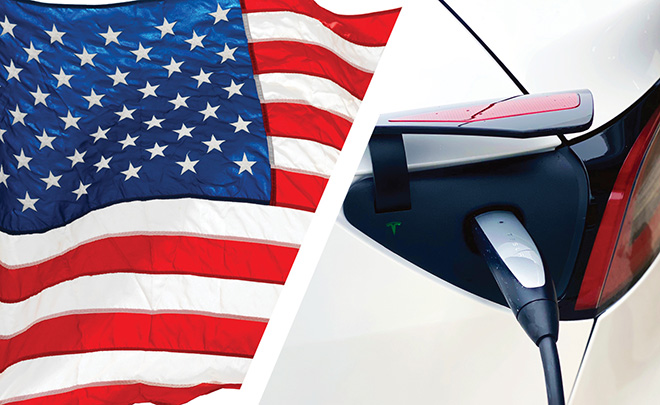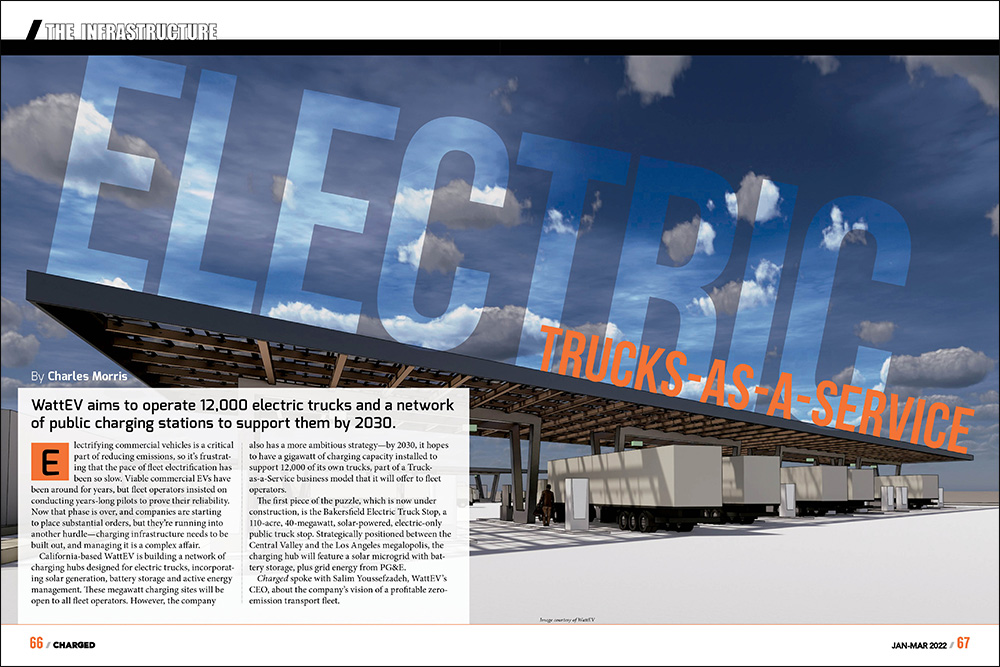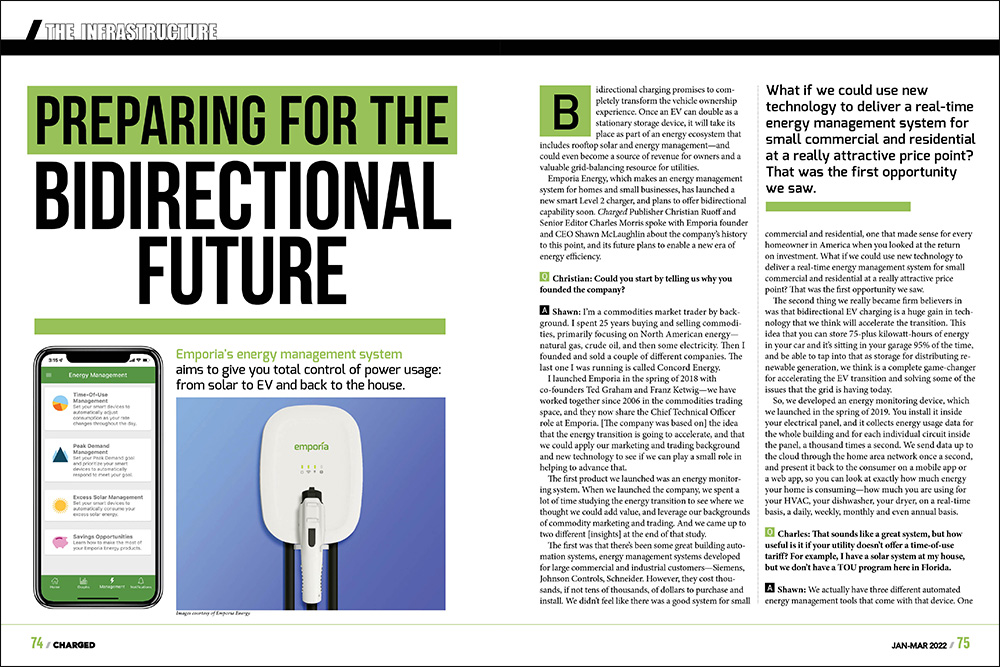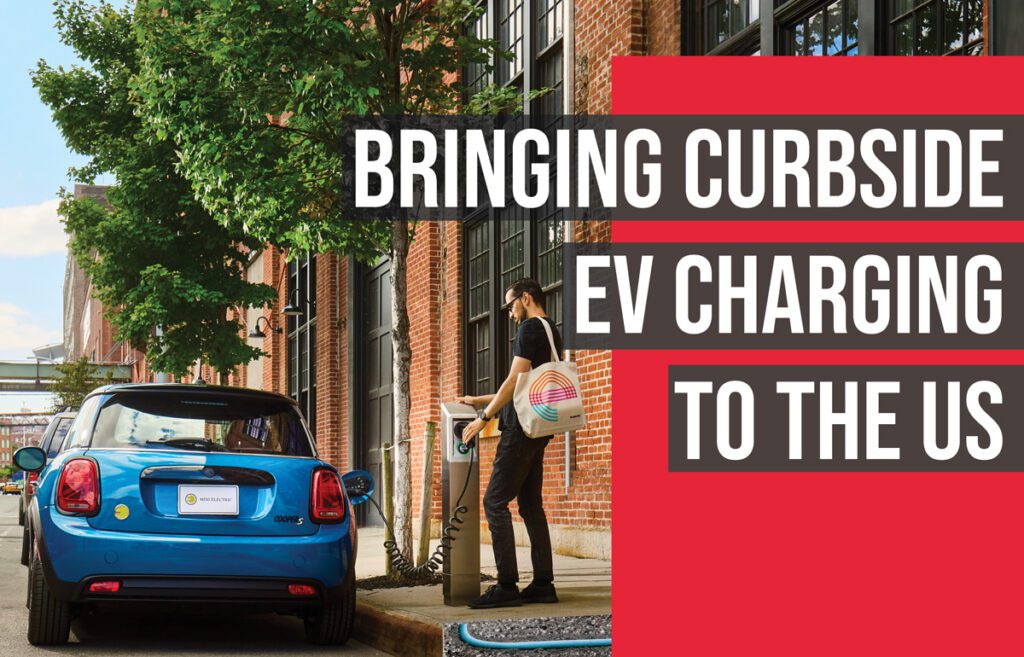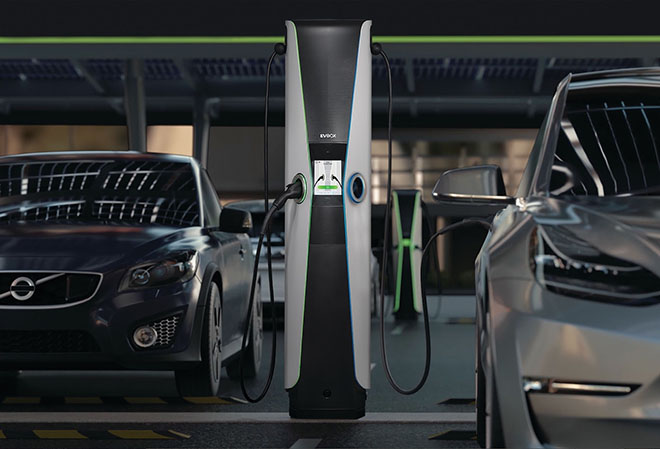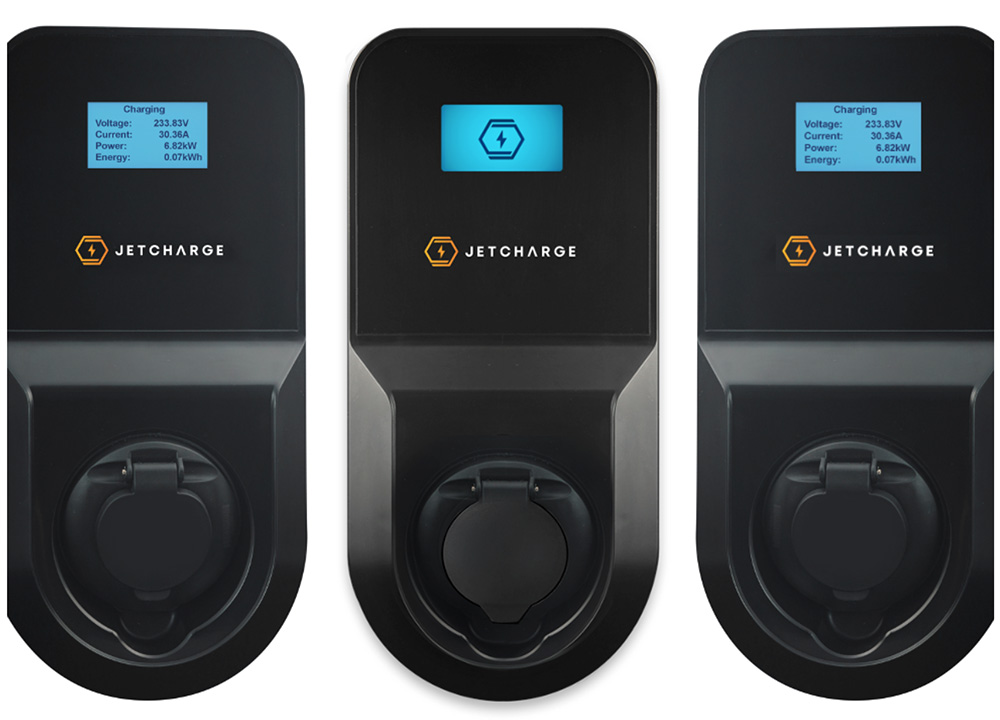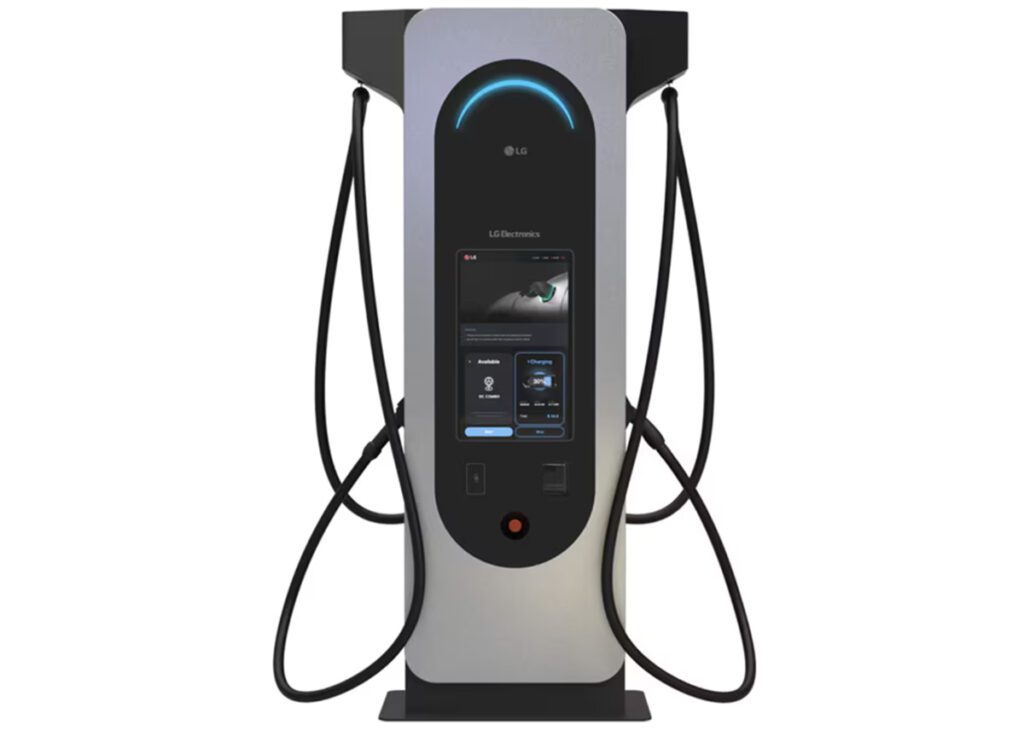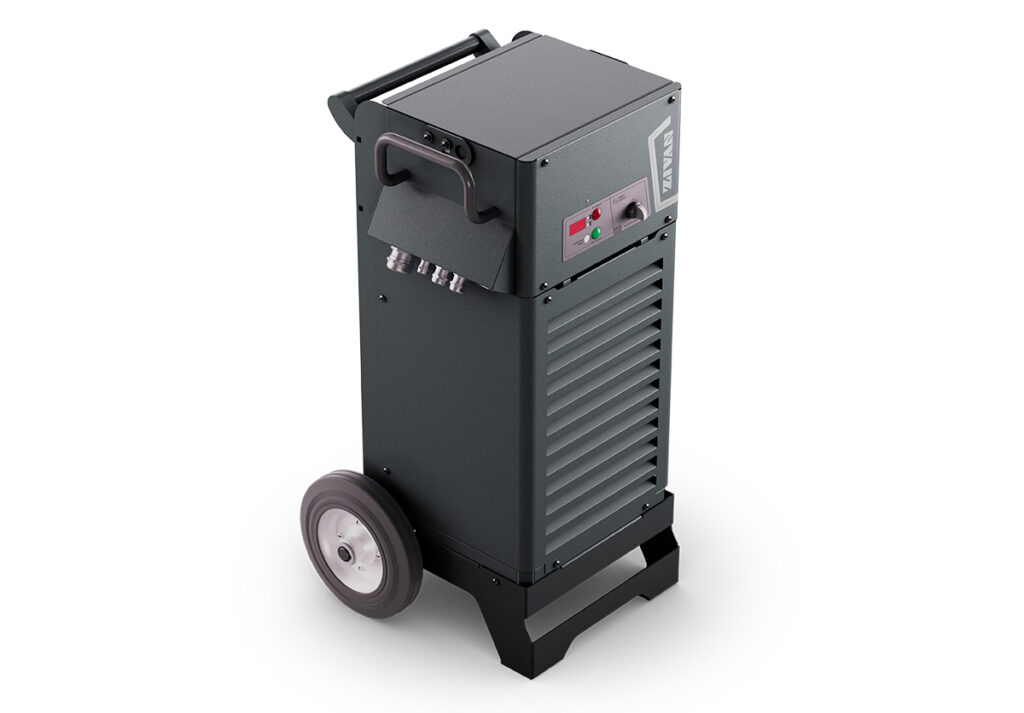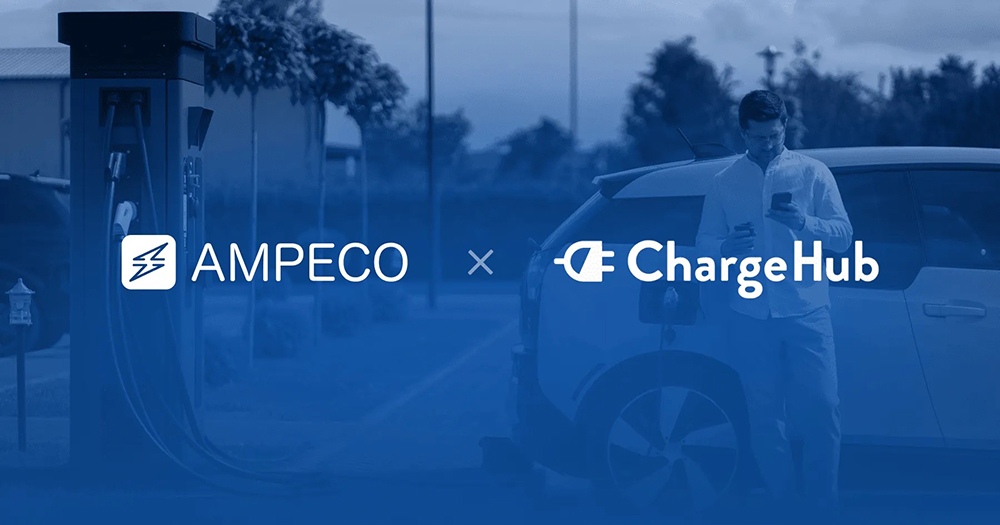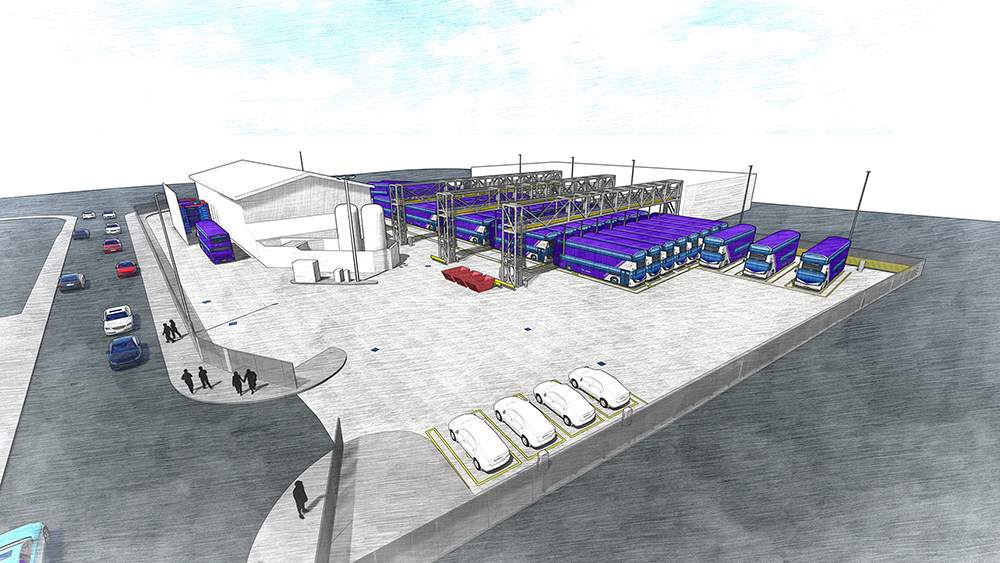The EPA has selected 55 applicants across 27 states and territories to receive nearly $3 billion in grant funding through the agency’s Clean Ports Program. These grants are aimed at improving air quality by supporting the deployment of zero-emission equipment and associated infrastructure.
“Today’s historic $3-billion investment builds on President Biden’s vision of growing our economy while ensuring America leads in globally competitive solutions of the future,” said EPA Administrator Michael S. Regan. “Delivering cleaner technologies and resources to US ports will slash harmful air and climate pollution while protecting people who work in and live nearby port communities.”
In February, the EPA announced two separate funding opportunities for US ports: a Zero-Emission Technology Deployment Competition to directly fund zero-emission equipment and infrastructure to reduce mobile source emissions; and a Climate and Air Quality Planning Competition to fund climate and air quality planning activities.
After a rigorous application review process, the EPA selected 55 applications to receive this investment. Applications to the Clean Ports Program were evaluated in part on their workforce development efforts, to ensure that projects will expand access to high-quality jobs.
Selected projects cover a wide range of equipment used at and around ports—funding will support the purchase of zero-emission equipment, including over 1,500 units of cargo handling equipment, 1,000 drayage trucks, 10 locomotives and 20 vessels, as well as shore power systems, battery-electric and hydrogen vehicle charging and fueling infrastructure, and solar power generation.
The agency estimates that using the new equipment will reduce emissions by over 3 million metric tons of CO2, 12,000 short tons of NOx, and 200 short tons of PM2.5 in the first 10 years of operation—not including benefits from retiring older vehicles.
Selected projects include:
The Port Authority of New York and New Jersey (PANYNJ) has been selected to receive $344,138,000 for a project that includes the deployment of electric cargo handling equipment and drayage trucks with supporting charging infrastructure. The project also includes the installation of vessel shore power infrastructure.
The Detroit/Wayne County Port Authority has been selected to receive an anticipated $21,906,000 for a project at the Port of Detroit, which will include the deployment of battery-electric cargo handling equipment, vessels and railcar movers, along with charging equipment and solar arrays.
The Georgia Ports Authority (GPA) has been selected to receive an anticipated $48,764,000 to upgrade the Port of Savannah and the Port of Brunswick with vessel shore power systems. These systems will allow ships to plug in to electric grid power and turn off auxiliary diesel engines while in port. The project also includes the replacement of diesel terminal tractors with new electric terminal tractors and the installation of electric charging infrastructure.
The Philadelphia Regional Port Authority has been selected to receive an anticipated $77,651,000 to deploy zero-emission port equipment, including cargo handling equipment and associated charging infrastructure.
The Port Department of the City of Oakland has been selected to receive an anticipated $322,168,000 to deploy zero-emission technology at the Port of Oakland. Project activities include the deployment of electric and hydrogen cargo handling equipment, drayage trucks, charging infrastructure and a battery energy storage system.
Many of the projects include the scrappage of existing diesel-powered equipment, and all include community engagement activities, workforce training on zero-emission equipment, and efforts to expand access to high-quality jobs in near-port communities.
The agency anticipates making awards once all legal, statutory and administrative requirements are satisfied. Selectees will work with EPA over the coming months to finalize project plans before receiving final awards and moving into the implementation phase. Project implementation is expected to occur over the next three to four years.
Source: EPA



